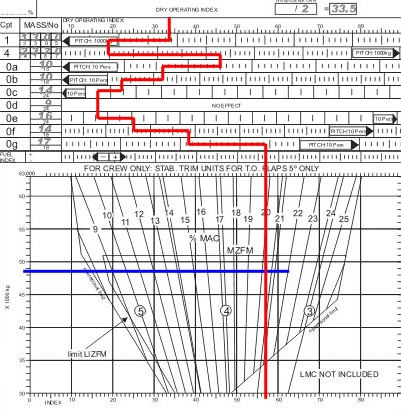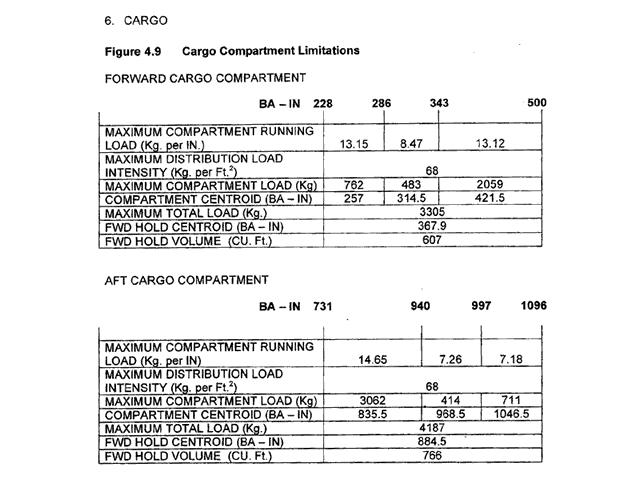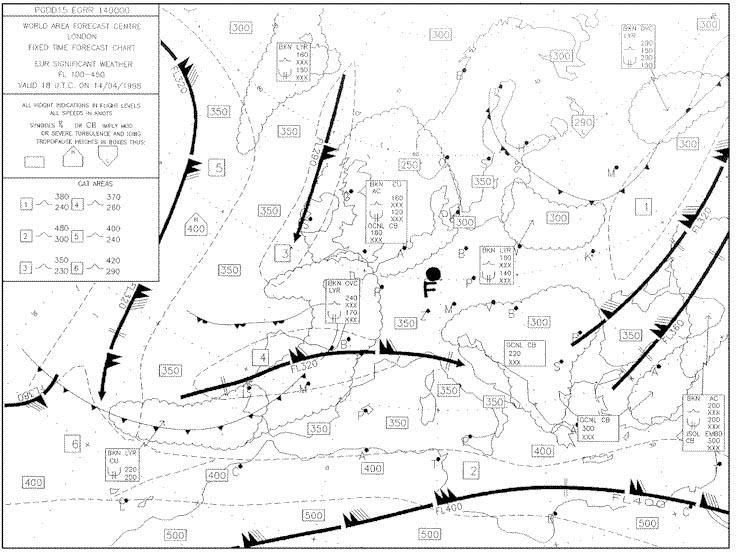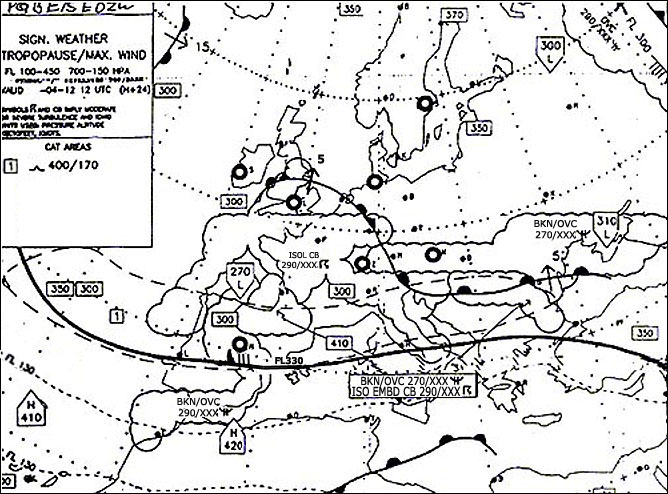The speed v2 is ? [ Mandatory landing ]
Question 76-1 : The take off safety speed that speed at which the pic should decide to continue or not the take off in the case of an engine failure the lowest airspeed required to retract flaps without stall problems the lowest safety airspeed at which the aeroplane is under control with aerodynamic surfaces in the case of an engine failure
 The take-off safety speed.
The take-off safety speed. Which take off speed is affected by the presence or absence of stopway and/or ?
Question 76-2 : V1 v2 vmcg vmca
Maximum and minimum values of v1 are limited by ?
Question 76-3 : Vr and vmcg v2 and vmca vr and vmca v2 and vmcg
 Vr and vmcg.
Vr and vmcg. Take off run is defined as the ?
Question 76-4 : Horizontal distance along the take off path from the start of the take off to a point equidistant between the point at which vlof is reached and the point at which the aeroplane is 35 ft above the take off surface distance to v1 and stop assuming an engine failure at v1 distance to 35 feet with an engine failure at v1 or 115% all engine distance to 35 feet distance from brake release to v2
The minimum value of v2 must exceed vmc by ?
Question 76-5 : 10% 15% 20% 30%
 10%.
10%. Which of the following is true according to the relevant regulations for turbo ?
Question 76-6 : Maximum landing distance at the destination aerodrome and at any alternate aerodrome is 0 7 x lda landing distance available maximum landing distance at destination is 0 95 x lda landing distance available maximum take off run is 0 5 x runway maximum use of clearway is 1 5 x runway
 Maximum landing distance at the destination aerodrome and at any alternate aerodrome is 0.7 x lda (landing distance available).
Maximum landing distance at the destination aerodrome and at any alternate aerodrome is 0.7 x lda (landing distance available). For take off obstacle clearance calculations obstacles may be avoided ?
Question 76-7 : By banking not more than 15° between 50 ft and 400 ft above the runway elevation by banking as much as needed if aeroplane is more than 50 ft above runway elevation only by using standard turns by standard turns but only after passing 1500 ft
 By banking not more than 15° between 50 ft and 400 ft above the runway elevation.
By banking not more than 15° between 50 ft and 400 ft above the runway elevation. The speed vr ?
Question 76-8 : Is the speed at which rotation to the lift off angle of attack is initiated must be higher than v2 must be higher than vlof must be equal to or lower than v1
 Is the speed at which rotation to the lift-off angle of attack is initiated.
Is the speed at which rotation to the lift-off angle of attack is initiated. If the take off mass of an aeroplane is brake energy limited a higher uphill ?
Question 76-9 : Increase the maximum mass for take off decrease the maximum mass for take off have no effect on the maximum mass for take off decrease the required take off distance
 Increase the maximum mass for take-off.
Increase the maximum mass for take-off. If the take off mass of an aeroplane is tyre speed limited downhill slope would ?
Question 76-10 : Have no effect on the maximum mass for take off decrease the maximum mass for take off increase the maximum mass for take off increase the required take off distance
 Have no effect on the maximum mass for take-off.
Have no effect on the maximum mass for take-off. The take off mass could be limited by ?
Question 76-11 : The take off distance available toda the maximum brake energy and the climb gradient with one engine inoperative the take off distance available toda only the maximum brake energy only the climb gradient with one engine inoperative only
 The take-off distance available (toda), the maximum brake energy and the climb gradient with one engine inoperative.
The take-off distance available (toda), the maximum brake energy and the climb gradient with one engine inoperative. The climb limited take off mass can be increased by ?
Question 76-12 : A lower flap setting for take off and selecting a higher v2 selecting a lower v1 selecting a lower v2 selecting a lower vr
 A lower flap setting for take-off and selecting a higher v2.
A lower flap setting for take-off and selecting a higher v2. In the event that the take off mass is obstacle limited and the take off flight ?
Question 76-13 : 15 degrees up to height of 400 ft 10 degrees up to a height of 400 ft 20 degrees up to a height of 400 ft 25 degrees up to a height of 400 ft
 15 degrees up to height of 400 ft.
15 degrees up to height of 400 ft. Which speed provides maximum obstacle clearance during climb ?
Question 76-14 : The speed for which the ratio between rate of climb and forward speed is maximum v2 + 10 kt the speed for maximum rate of climb v2
 The speed for which the ratio between rate of climb and forward speed is maximum.
The speed for which the ratio between rate of climb and forward speed is maximum. The take off mass of an aeroplane is restricted by the climb limit what would ?
Question 76-15 : None the effect would vary depending upon the height of any obstacle within the net take off flight path the climb limited take off mass would increase the climb limited take off mass would decrease
 None.
None. If other factors are unchanged the fuel mileage nautical miles per kg is ?
Question 76-16 : Lower with a forward centre of gravity position independent from the centre of gravity position lower with an aft centre of gravity position higher with a forward centre of gravity position
 Lower with a forward centre of gravity position.
Lower with a forward centre of gravity position. Considering a rate of climb diagram rate of climb versus tas for an aeroplane ?
Question 76-17 : Diagram a diagram b diagram c diagramd
 Diagram a.
Diagram a. What is the effect of increased mass on the performance of a gliding aeroplane ?
Question 76-18 : The speed for best angle of descent increases there is no effect the gliding angle decreases the lift/drag ratio decreases
 The speed for best angle of descent increases.
The speed for best angle of descent increases. Which force compensates the weight in unaccelerated straight and level flight ?
Question 76-19 : The lift the thrust the drag the resultant from lift and drag
 The lift.
The lift. In which of the flight conditions listed below is the thrust required equal to ?
Question 76-20 : In level flight with constant ias in accelerated level flight in a climb with constant ias in a descent with constant tas
 In level flight with constant ias.
In level flight with constant ias. The load factor in a turn in level flight with constant tas depends on ?
Question 76-21 : The bank angle only the radius of the turn and the bank angle the true airspeed and the bank angle the radius of the turn and the weight of the aeroplane
 The bank angle only.
The bank angle only. The induced drag of an aeroplane ?
Question 76-22 : Decreases with increasing airspeed decreases with increasing gross weight is independent of the airspeed increases with increasing airspeed
 Decreases with increasing airspeed.
Decreases with increasing airspeed. The induced drag of an aeroplane at constant mass in un accelerated level ?
Question 76-23 : The lowest achievable speed in a given configuration vs1 vmo va
 The lowest achievable speed in a given configuration.
The lowest achievable speed in a given configuration. The point where drag coefficient/lift coefficient is a minimum is ?
Question 76-24 : The lowest point of the drag curve the point where a tangent from the origin touches the drag curve at stalling speed vs on the 'back side' of the drag curve
 The lowest point of the drag curve.
The lowest point of the drag curve. On the power versus tas graph for level flight the point at which a tangent ?
Question 76-25 : Is the point where the lift to drag ratio is a maximum is the point where drag coefficient is a minimum is the point where the lift to drag ratio is a minimum is the maximum drag speed
 Is the point where the lift to drag ratio is a maximum.
Is the point where the lift to drag ratio is a maximum. Assuming the gross mass altitude and airspeed remain unchanged moving the ?
Question 76-26 : Decreases the induced drag and reduces the power required increases the power required affects neither drag nor power required increases the induced drag
 Decreases the induced drag and reduces the power required.
Decreases the induced drag and reduces the power required. Compared to a more forward position a centre of gravity close to but not beyond ?
Question 76-27 : Improves the maximum range increases the stalling speed improves the longitudinal stability decreases the maximum range
 Improves the maximum range.
Improves the maximum range. The intersections of the thrust available and the drag curve are the operating ?
Question 76-28 : In unaccelerated level flight in descent with constant ias in accelerated level flight in unaccelerated climb
 In unaccelerated level flight.
In unaccelerated level flight. In straight horizontal steady flight at speeds below that for minimum drag ?
Question 76-29 : A lower speed requires a higher thrust the aeroplane can be controlled only in level flight a higher speed requires a higher thrust the aeroplane can not be controlled manually
 A lower speed requires a higher thrust.
A lower speed requires a higher thrust. A lower airspeed at constant mass and altitude requires ?
Question 76-30 : A higher coefficient of lift less thrust and a lower coefficient of lift more thrust and a lower coefficient of lift more thrust and a lower coefficient of drag
 A higher coefficient of lift.
A higher coefficient of lift. The coefficient of lift can be increased either by flap extension or by ?
Question 76-31 : Increasing the angle of attack increasing the tas decreasing the 'nose up' elevator trim setting increasing the cas
 Increasing the angle of attack.
Increasing the angle of attack. When flying the 'backside of thrust curve' means ?
Question 76-32 : A lower airspeed requires more thrust the thrust required is independent of the airspeed a thrust reduction results in an acceleration of the aeroplane a lower airspeed requires less thrust because drag is decreased
 A lower airspeed requires more thrust.
A lower airspeed requires more thrust. 'maximum endurance' ?
Question 76-33 : Is achieved in unaccelerated level flight with minimum fuel flow is the same as maximum specific range with wind correction can be flown in a steady climb only can be reached with the 'best rate of climb' speed in level flight
 Is achieved in unaccelerated level flight with minimum fuel flow.
Is achieved in unaccelerated level flight with minimum fuel flow. The speed for maximum endurance ?
Question 76-34 : Is always lower than the speed for maximum specific range is the speed at which the aeroplane achieves 99% of maximum specific range can be either higher or lower than the speed for maximum specific range is always higher than the speed for maximum specific range
 Is always lower than the speed for maximum specific range.
Is always lower than the speed for maximum specific range. Which of the equations below defines specific range sr ?
Question 76-35 : Sr = true airspeed/total fuel flow sr = indicated airspeed/total fuel flow sr = mach number/total fuel flow sr = groundspeed/total fuel flow
 Sr = true airspeed/total fuel flow.
Sr = true airspeed/total fuel flow. To achieve the maximum range over ground with headwind the airspeed should be ?
Question 76-36 : Higher compared to the speed for maximum range cruise with no wind equal to the speed for maximum range cruise with no wind lower compared to the speed for maximum range cruise with no wind reduced to the gust penetration speed
 Higher compared to the speed for maximum range cruise with no wind.
Higher compared to the speed for maximum range cruise with no wind. Can the length of a stopway be added to the runway length to determine the take ?
Question 76-37 : No no unless its centreline is on the extended centreline of the runway but the stopway must be able to carry the weight of the aeroplane but the stopway must have the same width as the runway
 No.
No. May anti skid be considered to determine the take off and landing data ?
Question 76-38 : Yes no only for take off only for landing
 Yes.
Yes. In case of an engine failure recognized below v1 ?
Question 76-39 : The take off must be rejected the take off may be continued if a clearway is available the take off should only be rejected if a stopway is available the take off is to be continued unless v1 is less than the balanced v1
 The take-off must be rejected.
The take-off must be rejected. In case of an engine failure which is recognized at or above v1 ?
Question 76-40 : The take off must be continued the take off must be rejected if the speed is still below vlof a height of 50 ft must be reached within the take off distance the take off should be rejected if the speed is still below vr
 The take-off must be continued.
The take-off must be continued. ~
Exclusive rights reserved. Reproduction prohibited under penalty of prosecution.
2999 Free Training Exam
